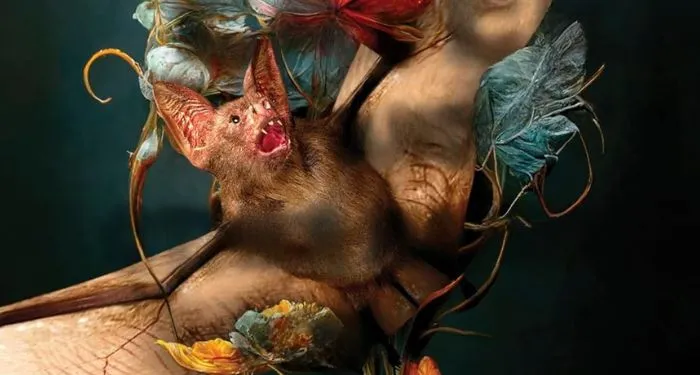
THE FIRST STATE IN A MERRY STATE
by Dave Tabler ‧ RELEASE DATE: today
A festive, well-researched, and diverse look at holiday history in the Blue Hen State.
Awards & Accolades
Our Verdict
-

-
GET IT
Photojournalist Tabler explores the varied history of Christmas celebrations in Delaware in this nonfiction book.
“Delaware’s Christmas traditions echo the broader American story,” writes the author, who highlights the ways in which First State residents have been “remarkably flexible” in blending “customs that took root in the colonies” with later demographic, social, and cultural changes. The book’s first section, “Cultural Traditions,” explores how various peoples have contributed to the history of Delaware’s Yuletide celebrations. The Scandinavians, Tabler notes, first settled the New Sweden colony in the 17th century and devoted particular attention to the celebration of St. Lucia. Although many groups covered in this section are colonial settlers or 19th-century European immigrants—from the Dutch who celebrated St. Nicholas to the Italians who introduced the Feast of the Seven Fishes—the book also notes the great influence of non-Europeans. For example, he tells of how enslaved African people lived in Delaware starting in the 1600s, and he notes how free Black communities during the antebellum era observed Christmas in independent churches “free from white control.” Later, some Delaware residents observed Kwanzaa, which also emphasized “community building and cultural preservation.” The state’s Latino population grew in the late 20th century, and they added such celebrations as the feast day of Our Lady of Guadalupe. The book’s second and third parts offer a chronological history of various Christmas customs, from the popularity of sleigh bells and poinsettias in the 19th century to the impact of consumer culture and gift-giving in the 20th. The final section surveys post–World War II traditions, including the ’60s fad of making wreaths out of IBM punch cards, used by DuPont and other local employers, and ubiquitous “Christmas in July” sales among stores in coastal towns.
The book’s nostalgic style may not appeal to more academically minded readers, but its upbeat, inclusive approach reflects the holiday season at its joyous best. A major highlight of the book is its use of full-color, festive illustrations and images of photos, paintings, magazine covers, and other holiday ephemera, many of which are in the public domain. Tabler has authored three other works on Delaware history, and he clearly has a firm understanding of the state’s unique place in American culture; he also fruitfully draws on primary source material from more than two dozen of the state’s archives, museums, universities, and historical societies. The work’s only drawback is its oversized back matter, “Chapter Continuations,” which offers additional exposition on the topics in each chapter. This information is often diverting, but the section comprises more than a third of the book’s total length and ultimately makes for a disjointed read. Readers who are looking for a history of Scandinavian Christmas observance, for instance, will not only need to read the book’s opening chapter, but also multiple pages of additional information in the final section that’s longer than the initial chapter itself. Still, despite this editorial misstep, the book is a beautifully crafted and colorful work.
A festive, well-researched, and diverse look at holiday history in the Blue Hen State.
Pub Date: today
ISBN: N/A
Page Count: -
Publisher: N/A
Review Posted Online: May 22, 2025




















 English (US) ·
English (US) ·